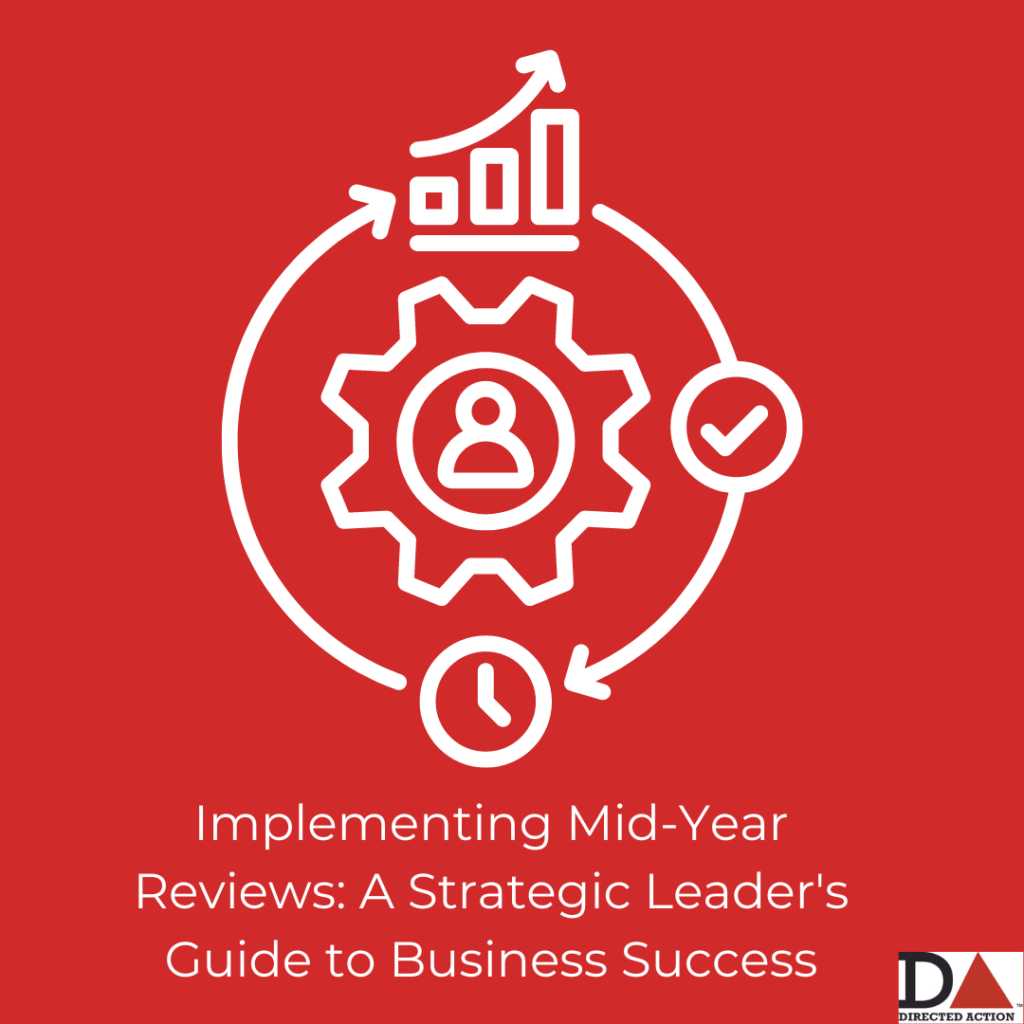Mergers and acquisitions (M&A) can be tumultuous waters for any organization to navigate. The complexities of combining two separate entities, aligning cultures, and ensuring operational continuity are challenges that require adept leadership. Successful leaders understand that M&A activities are not just about financial transactions; they are about managing people, processes, and strategies effectively.
From the work we’ve done to support companies going through M&A, here are five key strategies that leaders employ to successfully manage mergers and acquisitions.
1. Alignment and Vision:
Successful M&A management requires rigorous strategic planning and execution. Leaders conduct thorough due diligence to assess risks, opportunities, and synergies between the merging entities. They develop a clear integration roadmap with defined milestones, timelines, and performance metrics. Moreover, they actively involve key stakeholders from both organizations in the planning process to ensure buy-in and alignment. By focusing on strategic clarity and disciplined execution, leaders mitigate risks and maximize the value of the merger or acquisition.
- Top Leadership Alignment: Appointing the right top team is crucial. Leaders must align on the combined company’s strategy, structure, and agenda.
- NewCo Vision: Define a clear vision for the newly formed entity. What are the shared goals? How will value be created? Communicate this vision consistently to all stakeholders.
Successful M&A Example 1
Disney and Pixar (2006):
- Deal Value: $7.4 billion.
- Impact: Disney’s acquisition of Pixar brought together two animation powerhouses. The collaboration resulted in blockbuster hits like “Toy Story,” “Finding Nemo,” and “Frozen.” It also strengthened Disney’s position in the animation industry and expanded its creative portfolio2.
2. Integration Planning:
M&A initiatives inevitably bring about change, and successful leaders excel in change management and adaptability. They proactively anticipate resistance to change, address concerns, and involve employees in the transition process. Leaders also emphasize flexibility and agility, recognizing that adjustments may be necessary as the integration progresses. By fostering a culture of adaptability and resilience, leaders enable their organizations to navigate challenges effectively and capitalize on new opportunities that arise from the merger or acquisition.
- Performance Goals: Leaders need to set performance goals for the merged organization. What synergies are expected? How will they be achieved?
- Mitigating Risks: Identify integration risks and develop strategies to mitigate them.
Successful M&A Example 2
Google and Android (2005):
- Deal Value: $50 million (initially).
- Significance: Google’s acquisition of Android laid the foundation for the Android operating system, which now dominates the global smartphone market. Android’s open-source approach and ecosystem have revolutionized mobile technology and app development2.
3. Culture and People:
One of the most significant challenges in M&A is merging distinct company cultures. Effective leaders recognize the importance of cultural integration and work proactively to align values, norms, and behaviors. They conduct thorough assessments to identify cultural differences and similarities, develop a comprehensive integration plan, and facilitate cross-company collaborations and team-building activities. By emphasizing cultural cohesion, leaders create a unified workforce that can drive collective success.
People are the lifeblood of any organization, and talent management is critical during M&A activities. Effective leaders prioritize retaining top talent from both merging entities by offering career development opportunities, addressing concerns about job security, and providing a supportive transition environment. They also identify key leaders and high-potential employees early on, ensuring they have clear roles and responsibilities in the integrated organization. By investing in talent retention and development, leaders build a strong, motivated workforce that drives innovation and growth post-merger.
- Cultural Integration: Understand the existing cultures of both companies. How can they blend harmoniously? Leaders play a pivotal role in shaping the “NewCo” culture.
- Employee Engagement: Leaders must engage employees during the transition. Clear communication, empathy, and support are essential.
- Leadership Development: Mergers provide an opportunity to develop leaders.
4. Synergy Capture:
The ability to seamlessly integrate operations, processes, and systems post-merger or acquisition enables companies to realize cost synergies through streamlined operations, reduced duplication, and optimized resource allocation. Moreover, effective integration fosters cross-selling opportunities, market expansion, and enhanced customer value propositions, leading to revenue synergies. By leveraging their integration capabilities, organizations can unlock greater value from M&A activities, driving sustainable growth and competitive advantage in the marketplace.
- Cost and Revenue Synergies: Organizations with the right integration capabilities are more likely to exceed synergy targets.
- Enhancing Integration Skills: Leaders need to navigate complexities, lead change, and steer integrated teams effectively 2.
5. Future Growth and Performance:
Analyzing future growth and performance from mergers and acquisitions (M&A) involves a comprehensive assessment of financial metrics, strategic alignment, market dynamics, and integration effectiveness.
This process includes evaluating financial statements, assessing synergy potential, analyzing market trends, monitoring integration efforts, and identifying potential risks. By conducting a thorough analysis across these areas, organizations can gain insights into the expected impact of M&A activities on key performance indicators, strategic goals, and overall business success. This informed approach guides strategic decision-making, facilitates risk management, and helps companies maximize the value generated from M&A transactions.
Financial Analysis:
- Evaluate financial statements and metrics such as revenue, profit margins, cash flow, and return on investment (ROI) before and after the M&A.
- Assess the impact of the merger or acquisition on key financial ratios such as debt-to-equity ratio, earnings per share (EPS), and operating efficiency.
- Conduct sensitivity analysis to understand how changes in market conditions or assumptions can affect financial performance.
Directed Action consultants excel at guiding executives through these steps for successful mergers and acquisitions. It can be overwhelming but with the ride guidance, you’ll have smooth sailing.



